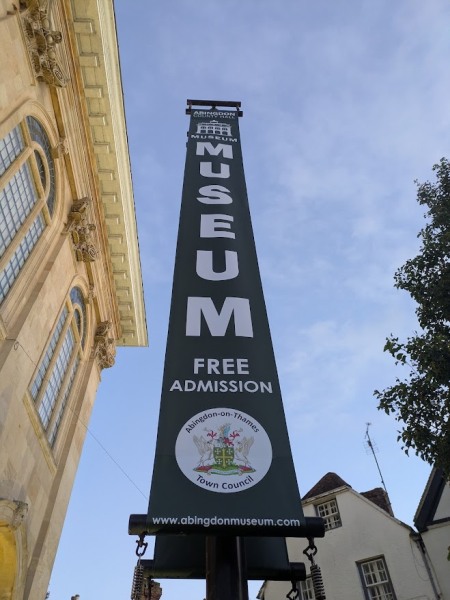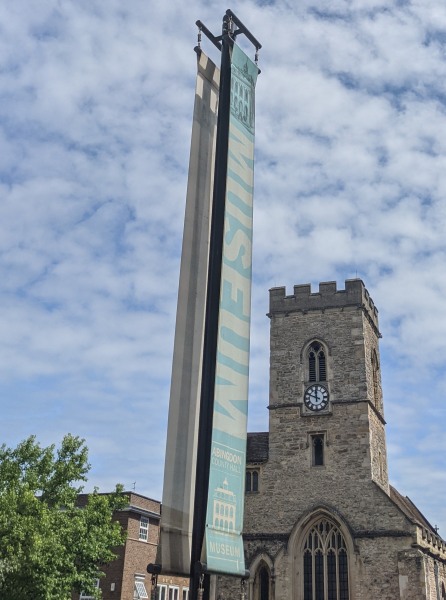
Abingdon Museum has created a fascinating new exhibition, “Atomics to Medieval Knights – a History of Fitzharris Manor Estate,” which opened on Saturday, 11th January. This exhibition explores the history of Fitzharris Manor, tracing its evolution from its origins shortly after the Norman Conquest to its transformation into the Fitzharry’s Manor Estate.

Visitors can journey through time, from display board to display board, and through artifacts, exploring how the Manor changed hands and underwent architectural changes across centuries. The exhibition then shifts its focus to the mid-20th century, when the arrival of the Atomic Energy Research Establishment (AERE) at Harwell changed Abingdon.

With the influx of scientists and engineers – nicknamed the “Atomics” – a new housing estate was built on the Fitzharris Manor site. The exhibition highlights the planning and construction of this estate, and the cosmopolitan community that moved in. By 1959, Harwell staff and their families made up nearly a quarter of Abingdon’s population (counting this estate and the Appleford Drive area and beyond). They actively participated in local clubs, societies, and volunteer work.

The walled estate, with its green spaces, the River Stert, the Motte, and a nearby wood, provided an idyll setting for families. The exhibition explores estate life, including the AERE blue buses that transported residents to work at Harwell and the impact of the groundbreaking research conducted there, from projects like Zeta and Gleep & Bepo to the Nimrod accelerator.

Today, while fewer residents work at Harwell or Culham, the Fitzharry’s Manor Estate remains a peaceful residential area with green space and an enduring history. Much of the research for this exhibition was done by Mike Evans of the Fitzharris Estate Residents Association.
The museum is run by Abingdon-on-Thames town council.









